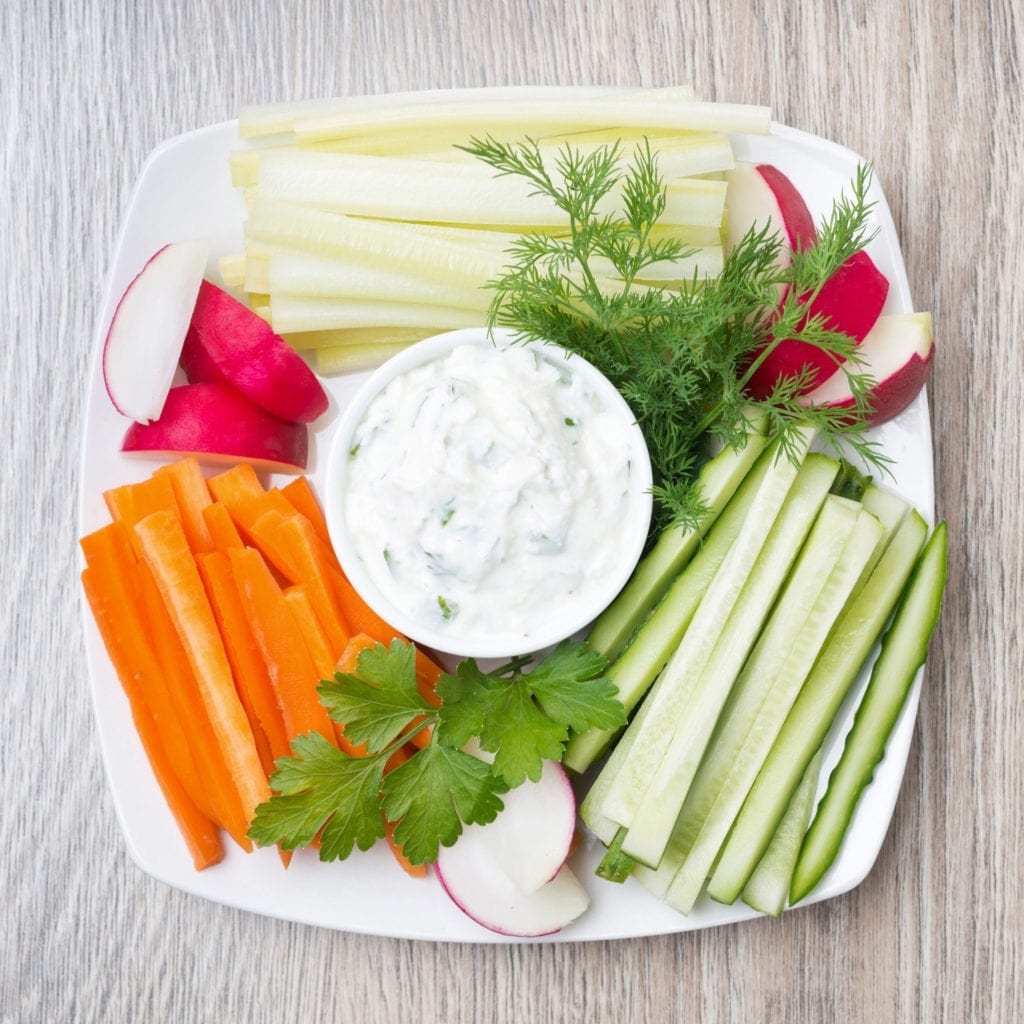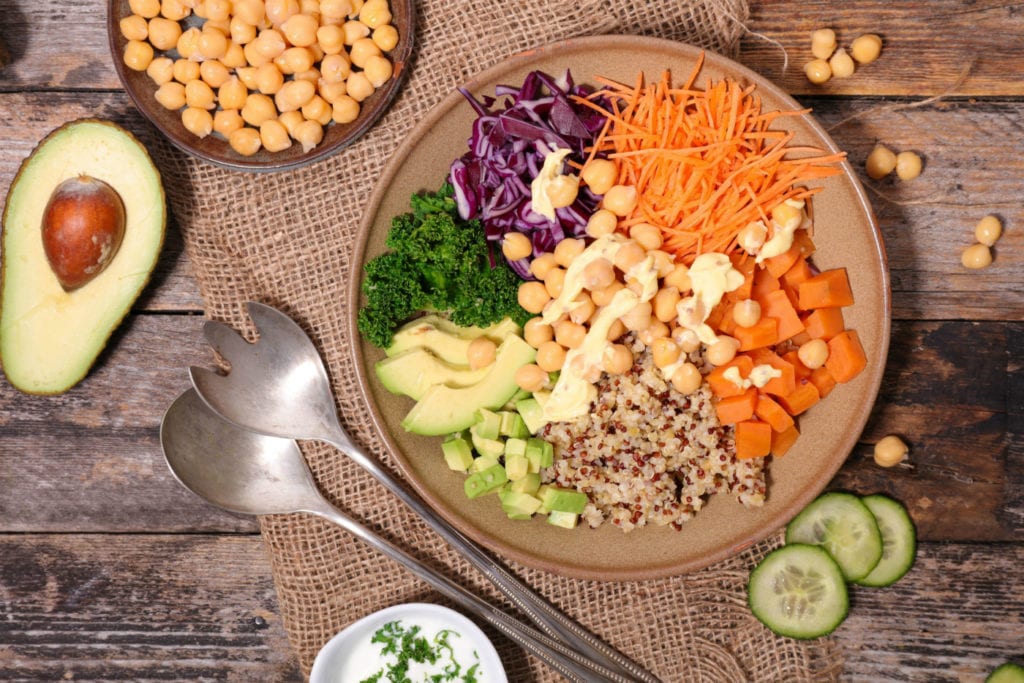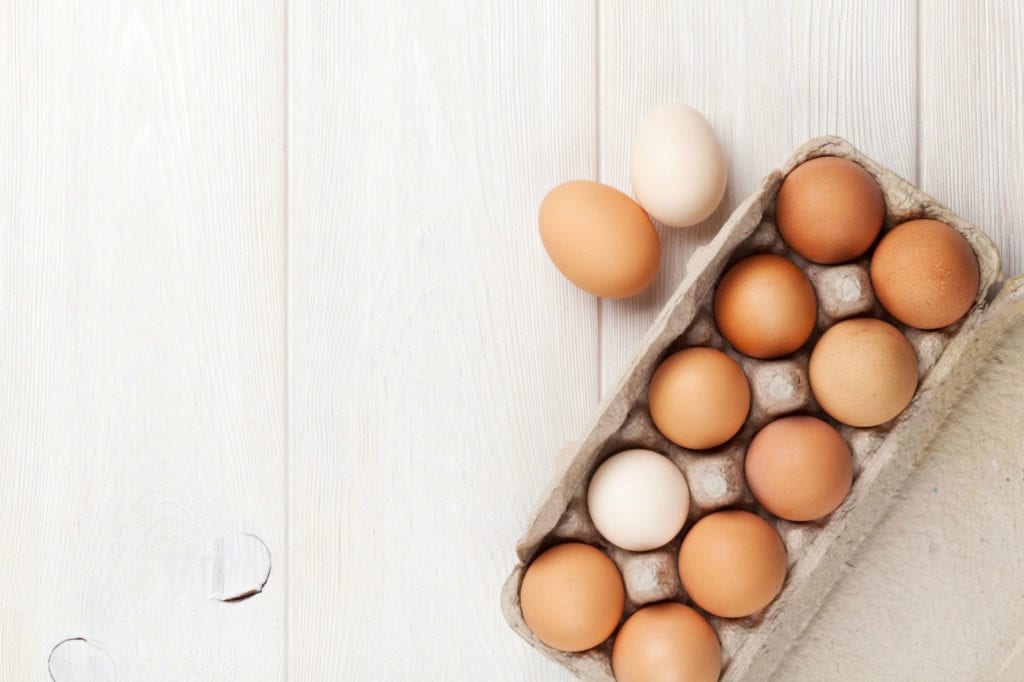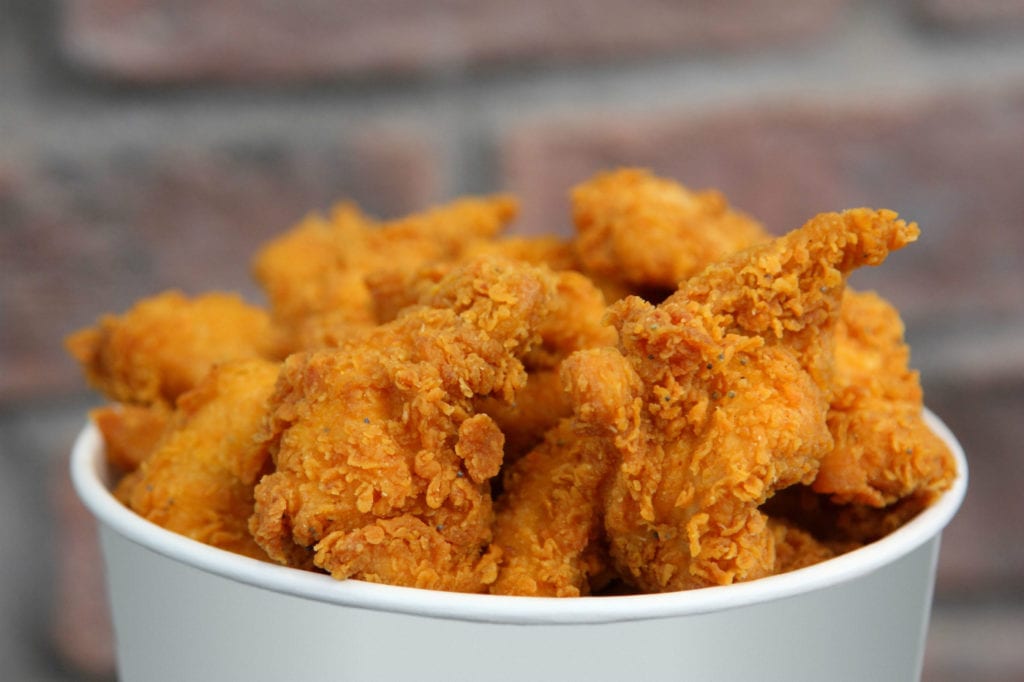Ready to eat in a couple of hours, and great for digestive health, these couldn't be simpler.
You'll probably already have most of the ingredients you need: salt, sugar, cider vinegar and a couple of aromatics, such as mustard seeds, Sichuan peppercorns and bay leaves.

Picture: PA
Mix five parts vinegar to one part sugar, plus a pinch of salt, and heat in a saucepan with the aromatics until the sugar has dissolved.
Once cool, pour the pickling liquid over your chosen veg in a sterilised jar, seal and chill - we love using cauliflower florets and carrot batons. They will keep for a week in the fridge.
Great with a beer, and even better as a veggie substitute for fish tacos, this is a brilliant way to use avocados that refuse to ripen.

Picture: PA
Mix 150g flour with half a teaspoon of baking powder, half a teaspoon of ground turmeric, a pinch of cayenne and some seasoning, then whisk in 230ml of lager.
Slice two avocados into eight (16 slices in total). Season well, dip them in batter, then deep-fry at 180C for around three minutes, until golden.
In a food processor, whizz 200g of feta with 200g of thick Greek yogurt and four tablespoons of olive oil until smooth, then chill.

Add herbs, toasted chopped nuts or dried fruit. Serve with veg sticks and flatbread.
...Is the sbagliato (which means 'gone wrong'). Use sparkling rose in place of gin.
Add 25ml of Campari to 100ml of sparkling rose, one tablespoon of vermouth, loads of crushed ice and a slice of orange.
For extra flavour, rub the rim of your glass with a strip of orange peel, squeezing to release the oils.
A good pesto is all about great colour, taste and texture.
The healthier option leaves out the Parmesan, so to achieve the umami hit, add one tablespoon of nutritional yeast for a salty, savoury kick. A garlic clove and some good olive oil adds extra flavour. These combinations are our favourites:
• Large handful of kale and small handful pumpkin seeds.
• Two roasted yellow peppers, one teaspoon of turmeric and handful toasted macadamia nuts.
• Small handfuls of parsley, mint and toasted pistachios.
Separate the eggs in your recipe, beat the whites to stiff peaks, then fold into the mix with the yolks.
Polenta is a comfort food and a good alternative to mash, so make sure it's rich and creamy. Add milk - roughly 200ml to every 600ml water.
Be generous with the salt (at least two teaspoons per 150g of polenta), and the butter too - no skimping!
Tip the chickpeas into a big bowl, cover with cold water, then lift them out of the water and rub them between your palms to remove the skins.
Lower your hands into the water - the skins should float to the surface and the chickpeas sink. Discard the skins and make your houmous as normal.
Whether you call them grain, nourish or Buddha bowls, the idea is that half of it is filled with veg, one-quarter is made up of grains and one-quarter protein, such as chickpeas, roast chicken or feta.

Picture: PA
Make sure your dressing is zingy - lime, harissa and honey works well - and that there's plenty of texture.
Reserve a few chickpeas to roast in spices for the topping, or fry some seeds in a little soy sauce for a savoury hit.
Give them a minute or two longer than you think - around eight minutes over a medium heat or in the oven at 180C, and always cover your egg with a lid or foil, to ensure the whites cook through.

Picture: PA
Tangy buttermilk and aromatics tenderise and flavour the meat, raising this Friday night treat to new heights. Marinate chicken legs and thighs in buttermilk, garlic, chilli, lemon zest, salt and thyme. Leave as long as possible (ideally overnight).

Picture: PA
Brush off excess marinade and dredge liberally in seasoned flour. Pour oil into a large, deep frying pan so it comes halfway up the sides. Once hot, carefully lower the chicken into the oil and fry for 15 minutes, turning every few minutes. Drain on kitchen paper, season and eat straight away.
Don't pre-cook courgetti as you would spaghetti - drop the courgetti directly into your hot pasta sauce and toss together until it has just softened, but retains a little bite.

Picture: PA
Don't throw away your aquafaba (chickpea water) when you drain the can.
Put three tablespoons of chickpea water, one heaped teaspoon of Dijon mustard, half a garlic clove, a generous squeeze of lemon juice and 150ml of light flavoured oil, such as grapeseed, into a high-sided jar or bowl.

Picture: PA
Use a stick blender to blend to an emulsion - this will make around 300ml. Chill until required.
For a dairy-free substitute for whipped cream, put stabilizer-free coconut milk (check the label) in the fridge for at least eight hours - once the cream has become solid, scoop off the thick top layer and beat with an electric whisk for a few minutes until you have lovely soft peaks.

Picture: PA
Add a bit of icing sugar to sweeten it, if you like.